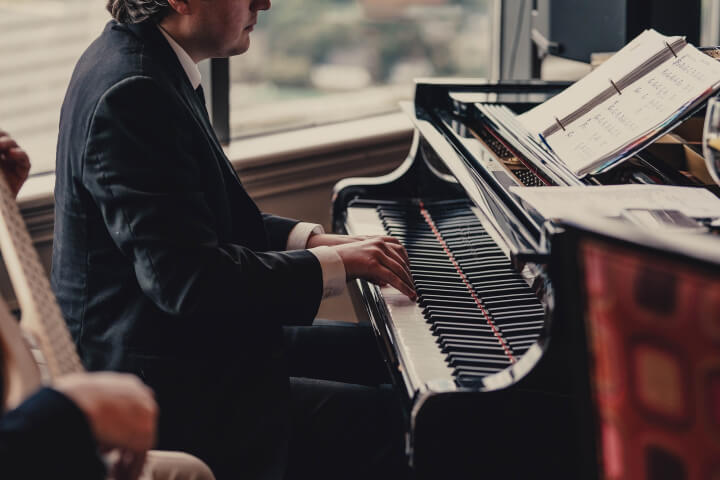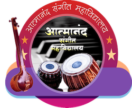Vocal
Vocal Course
Classical and Semi-Classical

singing Course:
In this course, we will delve into the fundamental principles of singing, covering everything from basic vocal techniques to advanced performance skills.
- Introduction to Singing
- Pitch and Range
- Rhythm and Timing
- Articulation and Pronunciation
- Style and Expression
- Vocal Health and Care
What is Music?
Music is a universal language that transcends cultural boundaries, speaking to the soul in a way that words often cannot. It has been an integral part of human history, evolving across time and cultures, serving as a powerful means of expression, communication, and connection.
In its myriad forms, music has the ability to evoke emotions, trigger memories, and create atmospheres that resonate with individuals on a deeply personal level. From the rhythmic beats of tribal drums to the intricate melodies of a symphony, music has the capacity to convey a wide spectrum of feelings — joy, sorrow, love, and contemplation.
Beyond its emotional impact, music also plays a crucial role in social and cultural contexts. It has been a catalyst for social movements, a mirror reflecting the values and concerns of society, and a vehicle for storytelling and preserving cultural heritage. Music has the power to unite people, fostering a sense of community and shared experience.
In essence, music is a dynamic and ever-evolving art form that reflects the diverse human experience. It has the power to inspire, heal, and bring people together, creating a harmonious tapestry that weaves through the fabric of our lives. Whether in moments of celebration, introspection, or simply as a backdrop to daily activities, music continues to be a source of beauty, meaning, and connection for people across the globe.
Hindustani classical music:
- Raga System: Hindustani classical music revolves around a system of ragas, which are melodic frameworks defining the pitch, ascent, descent, and ornamentation of a musical piece.
- Tala Structure: The rhythmic aspect is governed by a system of talas, providing a framework for the arrangement of beats and rhythm cycles, ranging from simple to complex patterns.
- Vocal and Instrumental Traditions: Hindustani classical music embraces both vocal and instrumental traditions. Notable instruments include the sitar, sarod, tabla, and flute, among others.
- Alaap, Jor, and Jhala: Traditional performances often follow a structured progression, starting with alaap (unmetered introduction), moving to jor (establishing a steady pulse), and concluding with jhala (fast-paced conclusion).
- Improvization (Bol and Taan): Musicians engage in intricate improvisation, using vocal syllables (bol) and melodic patterns (taan) to embellish and expand upon the established framework.
- Gharana System: Hindustani classical music is enriched by various gharanas or schools, each with its distinct style and approach to performance, handed down through generations.
- Mood and Emotion: Ragas are associated with specific moods, seasons, and times of day, allowing performers to convey a wide range of emotions through their music.
- Guru-Shishya Parampara: The traditional teacher-disciple relationship, known as Guru-Shishya Parampara, plays a crucial role in the transmission of this oral tradition, fostering a deep connection between master and disciple.
- Aesthetic Concepts (Rasa and Bhava): Performers aim to evoke aesthetic experiences (rasa) and emotional states (bhava) through their rendition of ragas, creating a profound connection between the artist and the audience.
- Cross-Cultural Influences: Over time, Hindustani classical music has absorbed and integrated various influences, creating a dynamic and evolving tradition that continues to captivate audiences worldwide.
- Concert Formats: Performances can take the form of solo recitals, duets, or larger ensemble pieces, showcasing the versatility of Hindustani classical music in different settings.
